
Ensuring that organizations form productive partnerships with increasingly intelligent software tools is key to the success of a generative AI strategy and requires guidance and guidance for both parties. This partnership will ensure that end users can leverage the full potential of smart tools and realize synergies. Therefore, organizations should actively participate in and promote the establishment of such partnerships to ensure that both parties can promote and support each other to achieve common goals.
In the rush to develop technology strategies to deliver on the promise of generative AI, many CIOs are finding themselves stuck in what may be their most challenging task yet: preparing their organizations for their end users. , these users range from knowledge workers and assembly line workers to doctors, accountants, and lawyers. They need to coexist with generative AI and ensure its smooth integration into workflows.
While large-scale language models and tools like Microsoft Copilot are viewed as assistive rather than worker-replacing technologies, the proliferation of generative AI products on the market and the rapid implementation of these models has challenged this view. A challenge was posed. These tools are capable of performing many human tasks in production environments, revealing the complex relationship between AI machines and humans. As a result, many analysts, thought leaders, manufacturers and CEOs believe that AI technology must work closely with humans rather than replace them.
Reuven Cohen, strategic AI advisor to Fortune 500 company Baxter International, pointed out that the risks of generative AI are high given its disruptive potential.
He said: "The debate is between augmenting the workforce or replacing it entirely. First, the most capable people in the organization can be supported through customized AI; then, the less capable people can be phased out."
However, the definition of “less capable” may be affected by technological developments and the development of human-machine partnerships in areas where the technology is implemented. This is because as technology advances, the capabilities of generative AI are also constantly improving, which may make humans who do not use generative AI appear to be less capable in certain aspects. However, it needs to be clear that generative AI will not completely replace humans, but will cooperate with humans to provide more efficient and intelligent solutions. As Teradyne CEO Shannon Gath said, “Humans using generative AI will replace those who don’t.” Therefore, people should actively adapt and master generative AI technology to improve their capabilities and competitiveness.
Currently, the vast majority of CIOs are adopting generative AI to improve work efficiency and productivity. According to Gartner, 77% of CIOs have already begun deploying this technology. Jamie Holcombe, chief information officer of the U.S. Patent and Trademark Office, is one of them.
Holcombe believes that AI is an enhanced intelligent tool. He does not believe that there is a cooperative relationship between people and tools, but a usage relationship. His reviewers welcome the help provided by AI tools to relieve them of the burden of paperwork and administrative work, allowing them to focus more on thoughtful analytical work rather than just programming work.
Therefore, one of the CIO’s top priorities in 2024 is to explore and uncover the unknown added value that human workers can bring by leveraging large language models.
Mike Mason, chief artificial intelligence officer at Thoughtworks, believes that in light of this problem, it remains critical for CIOs to consider providing new generative AI tools to their employees.
"Even as AI becomes more advanced and integrated into software and daily tasks, the influx of AI tools still creates confusion for employees. CIOs must remember that those using this AI technology are their employees, but also taking into account the impact of AI on their employees, ensuring appropriate management, training and integration to make the most of their investment.”
Formation of Close Partnerships
Despite calls from well-known industry figures to be cautious about AI, most corporate giants, including Goldman Sachs, Fidelity Investments, Procter & Gamble, American Express, Gilead Sciences, etc., have publicly stated that they will develop and deploy large-scale language models internally to improve Productivity and innovation.
Vipin Mayar, head of artificial intelligence innovation at Fidelity Financial Services, said at the Chief Artificial Intelligence Officer Summit in Boston in December that early returns have proven to be fruitful for cost savings and efficiency gains.
While Mayar admits that large language models are not comparable to human intelligence, he believes that the pace of innovation in generative AI is unparalleled. “It’s only been 13 months, and it makes time non-linear,” he joked. Still, to ensure workers get the most from these tools, Mayar recommends Multimodal large-scale language models that combine structured datasets and unstructured data are designed to be smaller and task-specific.
Yvonne Li, vice president of artificial intelligence, data engineering and decision science at Advanced Auto Parts, agrees that the technology — and how humans can leverage it — is still in its early stages.
“AI is not a panacea, generative AI can bring data together and give data scientists a different perspective, but it cannot make ideas for us. People are using AI to improve efficiency and as a tool to diagnose problems ."
Thomson Reuters is an organization that aims to improve efficiency with artificial intelligence. The company recently released a generative AI platform that makes it easier for developers to create solutions such as AI-Assisted Research on Westlaw Precision. Shawn Malhotra, head of engineering at Thomson Reuters, said Westlaw, which uses generative AI technology, enables legal editors to generate document summaries for legal research in minutes, which would have taken days or weeks to complete in the past.
In addition, there is legal drafting work by Thomson Reuters and Microsoft Copilot, unlocking more advanced features for legal editors. But observers say such innovation will require CIOs to develop upskilling and governance strategies to ensure employees can benefit from new generative AI wherever they are. This will soon become critical as the drive for productivity increases puts pressure on employees across the enterprise to learn to work with large language models, many of which are still in the pilot testing phase.
"Large language models can and will surpass human capabilities in many ways, but I firmly believe that AI will continue to augment human capabilities," said Deloitte U.S. resident CIO and former global CIO at Vanguard Group Officer John T. Marcante said. "I think AI will be a very close companion of humanity now and in the future."
Marcante emphasized that in order to ensure a friendly relationship, it is important to consider stakeholder workflows when implementing generative AI. .
"It's important to remember that using AI to speed up outdated or burdensome processes may be a mistake. More benefits may come from process or technology improvements rather than widespread application of AI to 'solve' problem," he said.
Changing the way work is done
Over time, technology and the way it is used evolve and change, which will inevitably change the way people take full advantage of these tools.
At the recent CES, Accenture issued a public statement saying that generative AI tools are more "humane" in design, especially exquisite conversational user interfaces, robots that respond to English commands, and Software that enhances the natural way humans work, such as Adobe Photoshop’s Generative Fill and Expand feature.
At the end of last year, Gartner introduced in detail how generative AI will completely change the relationship between humans and machines at the IT Symposium/Xpo annual conference.
Gartner analyst Mary Mesaglio said: "This is not just a technology or business trend, but really a shift in the way we interact with machines. We are moving from what machines can do for us to what machines can do for us. What it can be for us. Machines are evolving from our tools to our teammates."
Mesaglio said machines are evolving not only into work partners, but also into customers. For example, HP printers can buy ink when needed after being connected to a service that monitors usage levels, and Tesla cars can order parts when self-diagnostics reveal a fault.
The USPTO’s Holcombe also believes that the development of interfaces will help employees use these tools more effectively, and that the next generation of human-computer interfaces will be natural language rather than keyboard and mouse. But he still believes that large language models will not replace human cognition anytime soon.
“Human thinking and analysis have not yet been surpassed by machines, because the algorithms themselves are at best iterations of guesswork and trial and error. I have never seen a machine make an intuitive leap without human programming. .”
Usama Fayyad, executive director of the Institute for Experiential Artificial Intelligence at Northeastern University, believes that conversational artificial intelligence is becoming more and more important in enterprises, and over time, it can provide solutions to problems Provide more substantive answers. Content generation, document summarization, and augmented analytics and insight extraction tools and decision-making algorithms that require human augmentation will also become important use cases for enterprises across industries, he said.
But in order for these tools to reach their full potential, how and how often humans use them becomes very important. This is the nature of technology.
Joe Atkinson, chief product and technology officer at PwC US, believes that generative AI applications can help create a more tech-savvy workforce, but it is unclear how employees can add value to the tools themselves. , these tools are designed to learn while working. He said there is no doubt that human creativity is necessary to improve the quality of applications.
To this end, Gartner recommends that CIOs establish "lighthouse" principles that define how workers and machines will interact in the next year—a priority Gartner believes is relevant to achieving data AI readiness and implementing AI readiness security Sex is equally important.
After all, generative AI is not a one-size-fits-all tool—at least not yet—and requires human oversight and experience to ensure accuracy, quality results, and safety.
To this end, CIOs are preparing education and training courses to gradually introduce generative AI tools into the workplace and give people confidence to use them.
The above is the detailed content of The unknown in the workplace: Generative AI challenges for CIOs. For more information, please follow other related articles on the PHP Chinese website!
 华裔数学家陶哲轩领导白宫生成式AI工作组,李飞飞将在小组演讲May 25, 2023 am 10:36 AM
华裔数学家陶哲轩领导白宫生成式AI工作组,李飞飞将在小组演讲May 25, 2023 am 10:36 AM·美国总统科技顾问委员会成立的生成式AI工作组旨在帮助评估人工智能领域的关键机遇和风险,并就尽可能确保公平、安全、负责地开发和部署这些技术向美国总统提供意见。·AMD的首席执行官苏姿丰(LisaSu)和谷歌云首席信息安全官菲尔·维纳布尔斯(PhilVenables)也是这个工作组的成员。华裔数学家、菲尔茨奖获得者陶哲轩。当地时间5月13日,华裔数学家、菲尔茨奖获得者陶哲轩公布消息,他和物理学家劳拉·格林(LauraGreene)共同领导美国总统科技顾问委员会(PCAST)的生成式人工智能工作组。
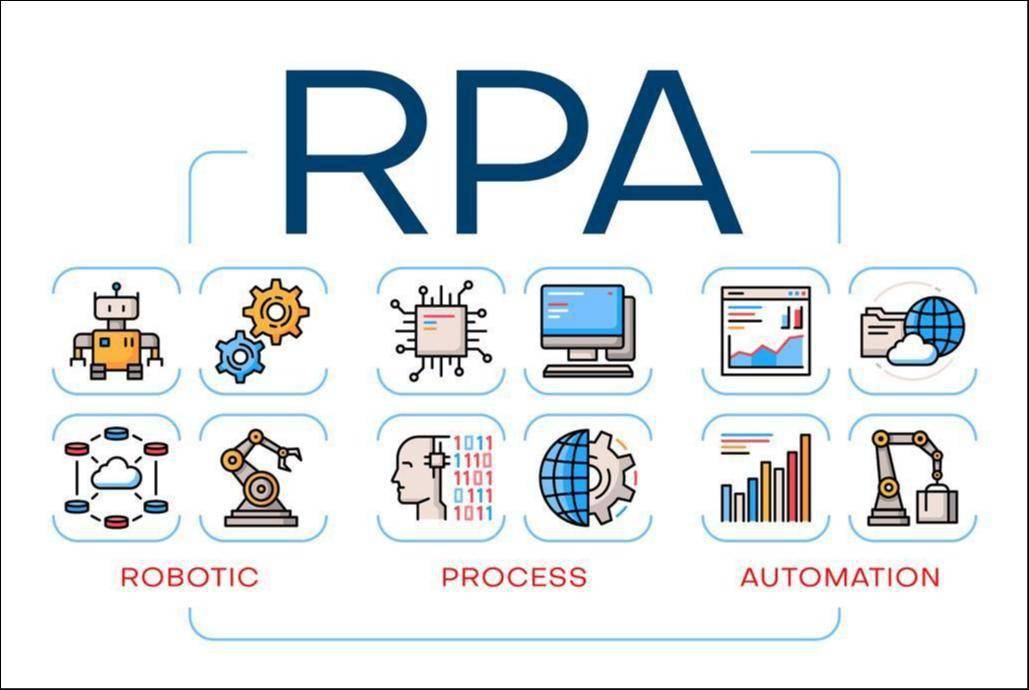 从“人+RPA”到“人+生成式AI+RPA”,LLM如何影响RPA人机交互?Jun 05, 2023 pm 12:30 PM
从“人+RPA”到“人+生成式AI+RPA”,LLM如何影响RPA人机交互?Jun 05, 2023 pm 12:30 PM图片来源@视觉中国文|王吉伟从“人+RPA”到“人+生成式AI+RPA”,LLM如何影响RPA人机交互?换个角度,从人机交互看LLM如何影响RPA?影响程序开发与流程自动化人机交互的RPA,现在也要被LLM改变了?LLM如何影响人机交互?生成式AI怎么改变RPA人机交互?一文看明白:大模型时代来临,基于LLM的生成式AI正在快速变革RPA人机交互;生成式AI重新定义人机交互,LLM正在影响RPA软件架构变迁。如果问RPA对程序开发以及自动化有哪些贡献,其中一个答案便是它改变了人机交互(HCI,h
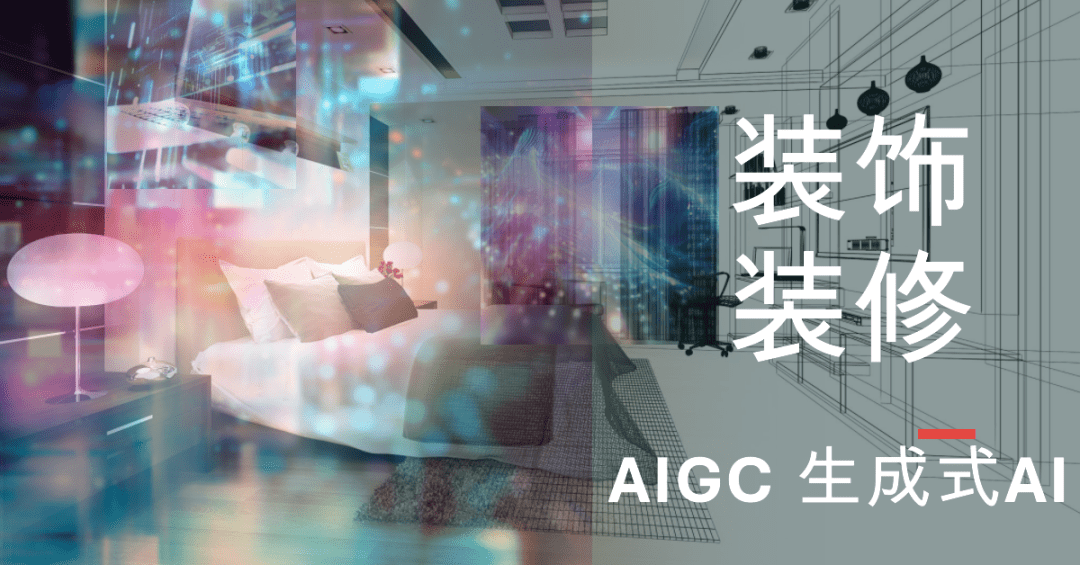 告别设计软件一句话生成效果图,生成式AI颠覆装饰装修领域,附28款流行工具Jun 10, 2023 pm 03:33 PM
告别设计软件一句话生成效果图,生成式AI颠覆装饰装修领域,附28款流行工具Jun 10, 2023 pm 03:33 PM▲本图由AI生成酷家乐、三维家、东易日盛等已出手,装饰装修产业链大举引入AIGC生成式AI在装饰装修领域有哪些应用?对设计师有啥影响?一文看懂告别各种设计软件一句话生成效果图,生成式AI正颠覆装饰装修领域使用人工智能增强能力提升设计效率,生成式AI变革装饰装修行业生成式AI对装饰装修行业有哪些影响?未来发展趋势如何?一文看懂LLM变革装饰装修,这28款流行生成式AI装修设计工具值得上手体验文/王吉伟在装饰装修领域,最近与AIGC关联的消息着实不少。Collov推出了生成式AI驱动的设计工具Col
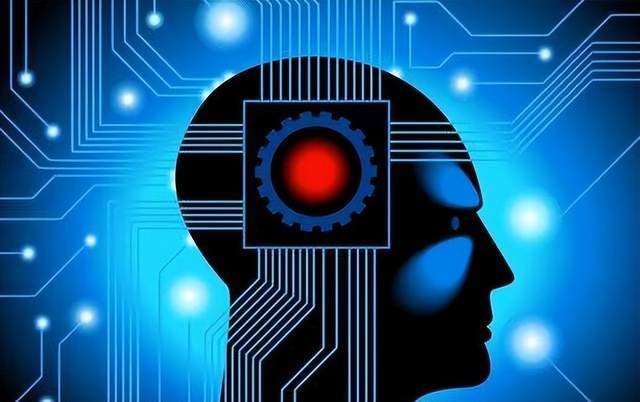 观察:将生成式AI应用于网络自动化有何潜力?Aug 17, 2023 pm 07:57 PM
观察:将生成式AI应用于网络自动化有何潜力?Aug 17, 2023 pm 07:57 PM根据市场研究公司Omdia的一份最新报告,预计到2023年,生成式人工智能(GenAI)将成为一个引人注目的技术趋势,为企业和个人带来重要的应用,包括教育。在电信领域,GenAI的用例主要集中在提供个性化营销内容或支持更复杂的虚拟助手,以提升客户体验尽管生成式AI在网络运营中的应用并不明显,但EnterpriseWeb进行了一项有趣的概念验证,展示了该领域中生成式AI的潜力生成式AI在网络自动化方面的能力和限制生成式AI在网络运营中的早期应用之一是利用交互式指导替代工程手册来帮助安装网络元件,从
 微软和西门子联手将生成式AI引入制造业,可让仿真时间从数周缩短到几分钟Nov 01, 2023 pm 08:17 PM
微软和西门子联手将生成式AI引入制造业,可让仿真时间从数周缩短到几分钟Nov 01, 2023 pm 08:17 PM11月1日消息,微软和西门子宣布加深在生成式人工智能(AI)领域的合作,并将其应用于全球各行各业。为了实现人机协作的革命性突破,两家公司推出了西门子工业Copilot,这是一款联合开发的人工智能助手,旨在提高制造业的生产力。通过利用微软的AzureOpenAI服务,结合西门子工业的专业技术和Xcelerator平台的数据,西门子工业Copilot可以轻松生成、优化和调试复杂的自动化代码,实现自然语言交互。两家公司表示,这项技术可以将一些耗时数周的任务缩短到几分钟,例如仿真过程IT之家注意到,Co
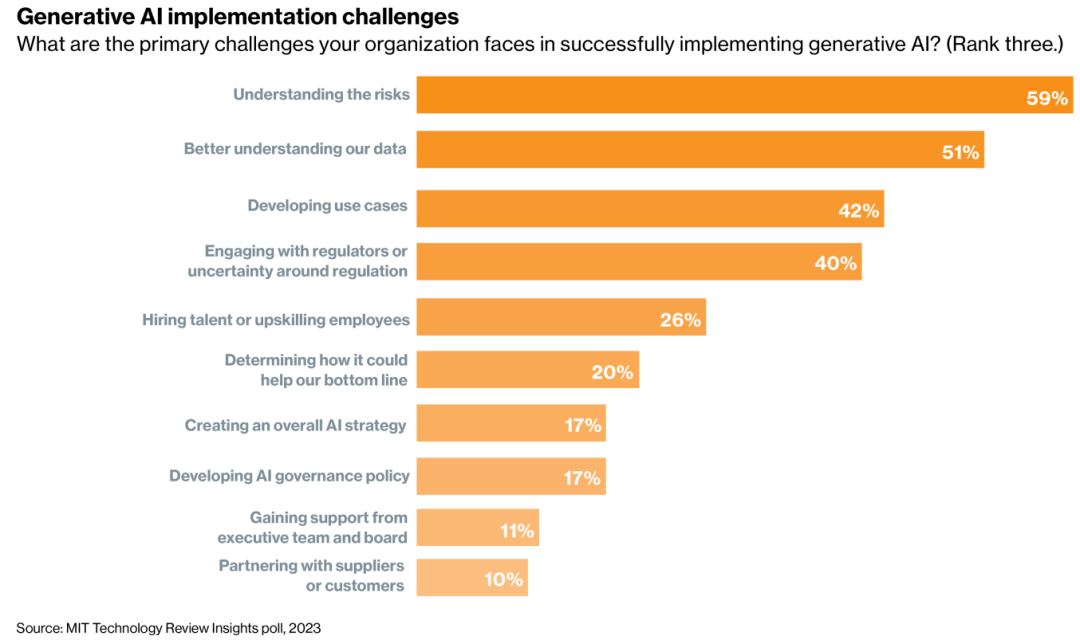 小公司部署生成式AI大模型的比例是中型公司的3倍,调查揭示Oct 15, 2023 pm 05:21 PM
小公司部署生成式AI大模型的比例是中型公司的3倍,调查揭示Oct 15, 2023 pm 05:21 PM在过度炒作了Web3、虚拟世界和区块链等一系列技术之后,企业高管们正在准备迎接生成式人工智能的浪潮。有人认为,人工智能带来的变革将与互联网的诞生或台式电脑的出现相媲美但能力越大,责任越大。生成式人工智能带来的风险与回报一样多。这项技术正在挑战版权和知识产权方面的法律制度,创造新的网络和数据治理威胁,并在劳动密集的活动中引发了“自动化焦虑”。为了满足利益相关者的期望,公司需要迅速采取行动,但必须谨慎行事,以确保在数据隐私和偏见等领域不违反法规或道德标准在运营方面,企业需要重新配置人力资源,并与科技
 红帽全球峰会:生成式AI令人期待,开源领域迎来好时机Jun 06, 2023 am 08:06 AM
红帽全球峰会:生成式AI令人期待,开源领域迎来好时机Jun 06, 2023 am 08:06 AM作为全球开源领域一年一度的行业盛宴,2023红帽全球峰会于近日如约而至。红帽带来全球开源盛宴在本届峰会上,红帽发布了最新版的OpenShiftAI、搭载IBMWatsonCodeAssistant的AnsibleLightspeed等一系列新品,并且针对媒体记者最为关心的热点话题分享了红帽的观点与看法。红帽总裁兼CEOMattHicks表示:“我们对未来充满了激动和期待,特别是在人工智能和新技术方面。我们发布了一些令人兴奋的新产品,其中包括OpenShiftAI。然而要实现这一愿景,我们还需要注
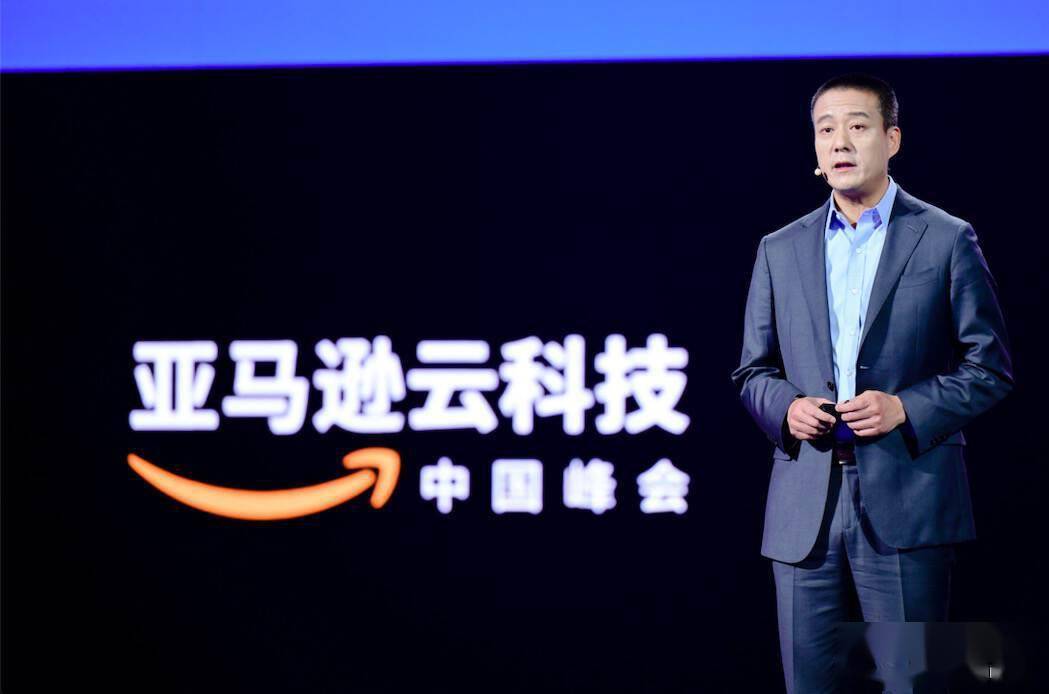 生成式AI爆发,亚马逊云科技持续专注创新,助力企业数字化转型Jul 13, 2023 pm 08:54 PM
生成式AI爆发,亚马逊云科技持续专注创新,助力企业数字化转型Jul 13, 2023 pm 08:54 PM2023年的科技圈什么技术最火,毫无疑问,回答都会指向生成式AI。生成式AI的到来引发了业内外广泛讨论,也引发了大家对AI发展的新一轮思考——未来几年,生成式AI会成为最重要的生产力工具,无论是训练还是推理端,算力需求都将有望爆发式增长。在6月28日举行的2023年亚马逊云科技中国峰会上,亚马逊云科技大中华区产品部总经理陈晓建发表了名为《专注创新,摆脱基础架构束缚》的主题演讲,他认为,“当前,虽然生成式AI只有短短几个月,但其超大规模人工智能模型和海量数据对高算力提出新要求,不断拉动算力需求快速


Hot AI Tools

Undresser.AI Undress
AI-powered app for creating realistic nude photos

AI Clothes Remover
Online AI tool for removing clothes from photos.

Undress AI Tool
Undress images for free

Clothoff.io
AI clothes remover

AI Hentai Generator
Generate AI Hentai for free.

Hot Article

Hot Tools

Safe Exam Browser
Safe Exam Browser is a secure browser environment for taking online exams securely. This software turns any computer into a secure workstation. It controls access to any utility and prevents students from using unauthorized resources.

PhpStorm Mac version
The latest (2018.2.1) professional PHP integrated development tool

SublimeText3 Chinese version
Chinese version, very easy to use

MinGW - Minimalist GNU for Windows
This project is in the process of being migrated to osdn.net/projects/mingw, you can continue to follow us there. MinGW: A native Windows port of the GNU Compiler Collection (GCC), freely distributable import libraries and header files for building native Windows applications; includes extensions to the MSVC runtime to support C99 functionality. All MinGW software can run on 64-bit Windows platforms.

Dreamweaver CS6
Visual web development tools







